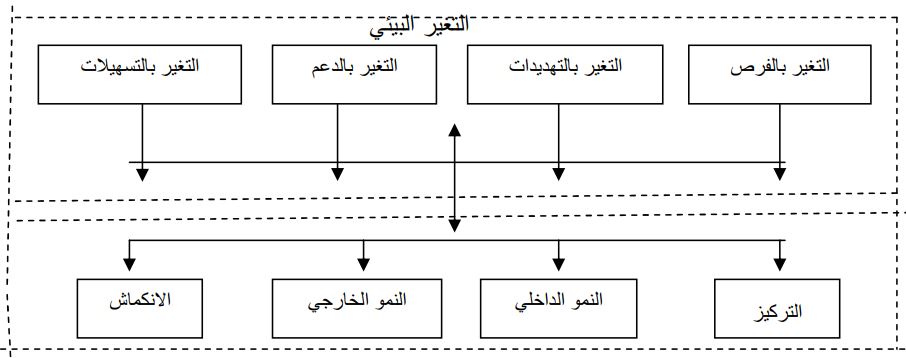Analysis of the relationship of environmental change with training and development strategies in the Technical Education Authority / Republic of Iraq
Keywords:
Environmental change, training and development strategiesAbstract
The research exchanged an analysis of the relationship between training and development strategies in the Technical Education Authority in Iraq, which is based on the concept that strategy of all kinds is the expression of the organization's response to its environment with its characteristics, including environmental change. It has a situational view that calls for compatibility between them and an attempt to benefit from the directives of the strategic approach as a contemporary perspective in the sciences of management and behaviour. Organizational. It seeks to create an objective conception of the questions below that express the essence of the problem, which are:
1- What environmental changes have occurred in the technical education environment in the Republic of Iraq?
2- What type of training and development strategies should the strategic leadership of technical education organizations choose?
3- What is the relationship between environmental changes and training and development strategies?
A plan was adopted for the study that included several independent and dependent variables. Then, its hypotheses were tested after selecting a sample of colleges and technical institutes' deans. Information was collected using the questionnaire as a tool for gathering information, and a set of conclusions were reached, the most important of which is the existence of a significant correlation between the variables of the study and the occurrence of the phenomenon of environmental change is The result of the dynamics of changes occurring in the environment.
Finally, several recommendations were considered regarding adopting development and training strategies.

Downloads
Published
How to Cite
Issue
Section
License
Copyright (c) 2008 College of Administration and Economics - University of Karbala

This work is licensed under a Creative Commons Attribution-NonCommercial-NoDerivatives 4.0 International License.
Authors retain the copyright of their papers without restrictions.



